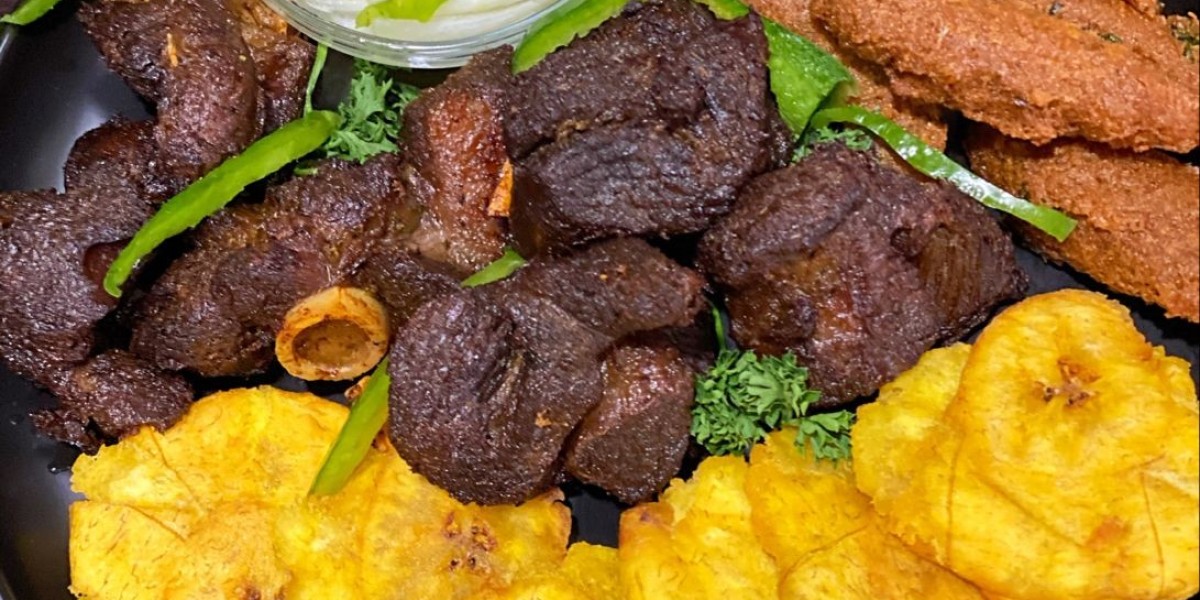The Pilsner Beer Market is experiencing dynamic growth as consumers increasingly seek premium, flavorful, and widely recognized beer styles. Pilsner beer, known for its light, crisp taste and golden hue, continues to gain popularity across developed and emerging markets, fueled by evolving consumer tastes, craft beer trends, and social lifestyle factors.
Rising disposable incomes, urbanization, and the growth of on-premise consumption in bars, restaurants, and pubs are driving demand. Consumers are gravitating toward light and refreshing beer options, making Pilsner beer a preferred choice for social gatherings, casual dining, and celebratory events.
The market is further bolstered by craft brewing innovations, limited-edition flavors, and the rising trend of premiumization. Breweries are exploring unique ingredients, brewing techniques, and regional variants to meet the growing consumer demand for high-quality, differentiated Pilsner beers.
Request a Sample Report: https://researchintelo.com/request-sample/9289
Market Overview and Dynamics
The Pilsner beer market is expanding steadily, driven by rising beer consumption, growing interest in craft brewing, and increased brand awareness. Research Intelo’s analysis forecasts sustained growth across key regions over the next few years.
Key Market Drivers:
Premiumization Trends: Consumers are increasingly choosing high-quality, flavor-rich beers over standard offerings.
Craft Beer Popularity: Small-scale breweries and unique recipes attract younger, trend-conscious demographics.
On-Premise and Social Consumption: Growth in bars, restaurants, and pubs drives sales and brand visibility.
Global Beer Culture: Exposure to international beer varieties through travel, social media, and online platforms increases consumer interest in Pilsners.
Market Restraints:
Regulatory Restrictions: High taxes, strict alcohol regulations, and import limitations in some regions may limit growth.
Health Concerns: Increasing awareness of alcohol-related health risks can dampen overall beer consumption.
Competitive Beer Segments: Preference for ales, stouts, and lagers may reduce market share for Pilsner beers.
Opportunities:
Expansion into emerging economies with rising beer consumption and disposable income.
Development of low-alcohol and flavored Pilsner variants to cater to health-conscious consumers.
Adoption of e-commerce and home delivery models for broader market reach.
Collaboration with hospitality and tourism sectors to increase brand visibility and trial.
View Full Report: https://researchintelo.com/report/pilsner-beer-market
Market Size and Growth Trends
The global Pilsner beer market is projected to witness steady growth, driven by rising consumption trends and innovation in brewing techniques.
North America: Dominates the market due to high beer consumption and craft beer culture.
Europe: Historic beer consumption and strong brand heritage support continued Pilsner growth.
Asia-Pacific: Rapid urbanization, rising disposable incomes, and expanding on-premise consumption drive the fastest regional growth.
Latin America & Middle East: Gradual adoption fueled by urban nightlife trends and growing hospitality sectors.
Market revenue analysis indicates that consumer preferences, coupled with premium and craft beer adoption, are central to market expansion.
Enquire Before Buying: https://researchintelo.com/request-for-customization/9289
Segment Analysis
The Pilsner beer market can be segmented by type, packaging, distribution channel, and region.
By Type: Traditional Pilsner, Craft Pilsner, Flavored Pilsner, and Low-Alcohol Pilsner dominate market offerings. Traditional variants remain popular due to broad consumer recognition.
By Packaging: Bottles, cans, and kegs cater to both retail and on-premise consumption. Cans are gaining traction for portability and convenience.
By Distribution Channel: Supermarkets, liquor stores, bars, restaurants, and e-commerce platforms are primary sales channels. Online channels are experiencing rapid growth due to convenience and subscription models.
By Region: North America, Europe, Asia-Pacific, Latin America, and Middle East & Africa.
This segmentation highlights market versatility and the potential to capture diverse consumer segments.
Emerging Market Trends
Several trends are shaping the Pilsner beer market landscape:
Craft and Artisanal Variants: Microbreweries producing unique Pilsner flavors and styles are attracting young consumers.
Premiumization: Demand for high-quality ingredients and limited-edition beers is increasing.
Flavored and Low-Alcohol Options: Consumers seek healthier or taste-focused alternatives.
E-commerce and Home Delivery: Growth of online alcohol sales expands market reach.
Global Lifestyle Influence: Study Abroad Agency Market trends expose consumers to international beer styles, increasing Pilsner beer adoption globally.
These trends indicate a market adapting to consumer lifestyle changes, innovation, and digital adoption.
Check Out the Report: https://researchintelo.com/checkout/9289
Strategic Insights
Research Intelo emphasizes that innovation, branding, and regulatory compliance are crucial for market success. Breweries focusing on unique flavors, limited editions, and premium ingredients can differentiate in a competitive landscape.
Strategic partnerships with hospitality chains, sports events, and entertainment venues enhance visibility. Investments in e-commerce and subscription services further strengthen consumer accessibility and loyalty. Awareness campaigns and tasting events also play a pivotal role in driving market adoption.
Future Outlook
The Pilsner beer market is projected to maintain strong growth as premiumization, craft beer culture, and evolving consumer preferences continue to influence global consumption patterns.
Future market highlights include:
Expansion of craft Pilsner breweries in emerging markets.
Growing popularity of low-alcohol and flavored variants among health-conscious consumers.
Increased adoption of online sales and digital marketing strategies.
Influence of Study Abroad Agency Market trends on international consumer awareness and preferences.
These factors indicate a resilient market with opportunities for innovation, expansion, and sustained growth.
Conclusion
The global Pilsner beer market is poised for steady growth, driven by premiumization, craft beer trends, and evolving social consumption habits. With expanding applications in hospitality, on-premise, and online retail, Pilsner beers are well-positioned to capture diverse consumer segments.
Innovation in flavors, packaging, and marketing strategies, alongside global exposure to beer culture, will continue to shape the Pilsner beer market, offering promising opportunities for both established and emerging players.








